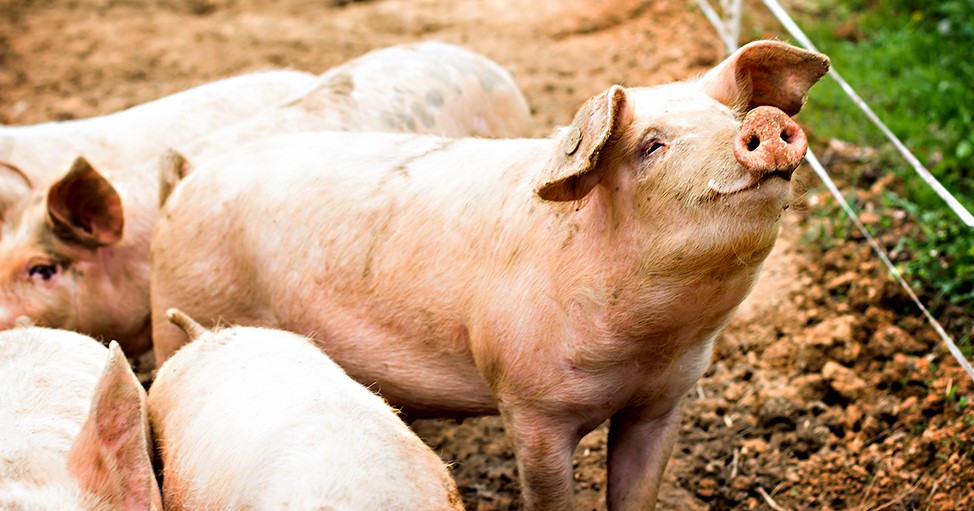Over the past two decades, Australian summers have lengthened by 50% thanks to climate change, according to the Australia Institute. And, since 1910, when records began our climate has increased on average by 1.44oC, says the CSIRO.
As such, now’s the time to review your pre-summer and summer risk management strategies. Refresh and update your practices to keep your stock summer safe.
Some breeds of stock are more prone to heat stress than others. According to Meat & Livestock Australia, you’ll need to factor in:
- Breed
- Type and colour of coat
- Body condition
- Age
- Adaptation
- Health condition.
If you’re not managing the summer heat for them, they’ll eat less, lose condition or die from the heat stress.
Avoid moving herds in high heat
Aim to move your stock early in the morning or towards the end of the day when it’s more likely to be cool. Avoid bunching them in large groups. This will only increase their temperature and stress levels. Ensure they have rest breaks if it’s still hot.
Take the guesswork out of where the best feed is growing on your farm and how long it will last. Apps that use satellite imagery and artificial intelligence, such as AgriWebb, which you can try for free, or MyFarmKey, can help.
Have water & high moisture feeds handy
Water intake is critical to your herd’s performance. Agriculture Victoria advises having a good supply of clean, cool water and shade. Concrete troughs are suitable for keeping the water cool. Consider having several watering points to decrease crowding while drinking.
Give your stock access to forage that is high in quality and moisture levels. It produces less fermentation and, therefore, heat during rumination. Silages and pasture have more moisture than hay and straw. Ideally, feed your herd a couple of hours after the temperature’s peaked for the day. That way, they don’t have digestive heat at the same time.
Distribute salt blocks
Mineral salt licks can be useful to rebalance electrolytes, with your animals only taking as much as they need, though they will be thirstier. Queensland’s agriculture and fisheries department offers this recipe for a homebrew lick for cattle.
However, dry licks for sheep based on urea – for nitrogen – can boost their pasture intake by up to 30%, so be sure to have access to that extra feed they’ll need. Check out this guide for more information and how to avoid urea toxicity or death – in short, ease your stock onto those licks if you’ve chosen to use them. Be mindful, though, that there’s some debate about the efficacy of lick blocks for sheep in summer, as this livestock nutrition consultant argues.
Offer plenty of shade
Research shows it can be challenging to identify and diagnose heat stress, particularly in dairy cows. We don’t want a repeat of a Victorian farmer who lost 80 cows to heat stress in one go, despite them having access to a water trough. Research shows it can be difficult to identify and diagnose heat stress, particularly in dairy cows.
Check on your herd every couple of hours during the day for signs of heat stress. And consider organising summer shearing for your sheep, alpacas, and other fibre-producing species.
As well as protection from high temperatures, be mindful of the dangers of heat and other nasties during bush fire season.
Bushfire risks
Up to 69,000 livestock were killed or euthanised in NSW, Victoria and South Australia due to the 2019-20 spring and summer bushfires. That sounds high, but research shows that at least for NSW and Victoria, it was less than 1% of livestock in bush-fire-affected regions. What helped to reduce the risks was planning. Practical fire-fighting equipment, such as mobile water tanks, hoses, and pumps, was the key.
Seven out of 10 farmers surveyed for the research had some form of a bushfire plan, even if it wasn’t written out. Many also had independent water supplies and cleared fuel from around their homes.
But it’s not all cut and dried, the researchers advised, as each farm is unique, so outcomes can vary. While livestock may be crucial to your operation, protecting the physical safety of people – including you – is paramount.

